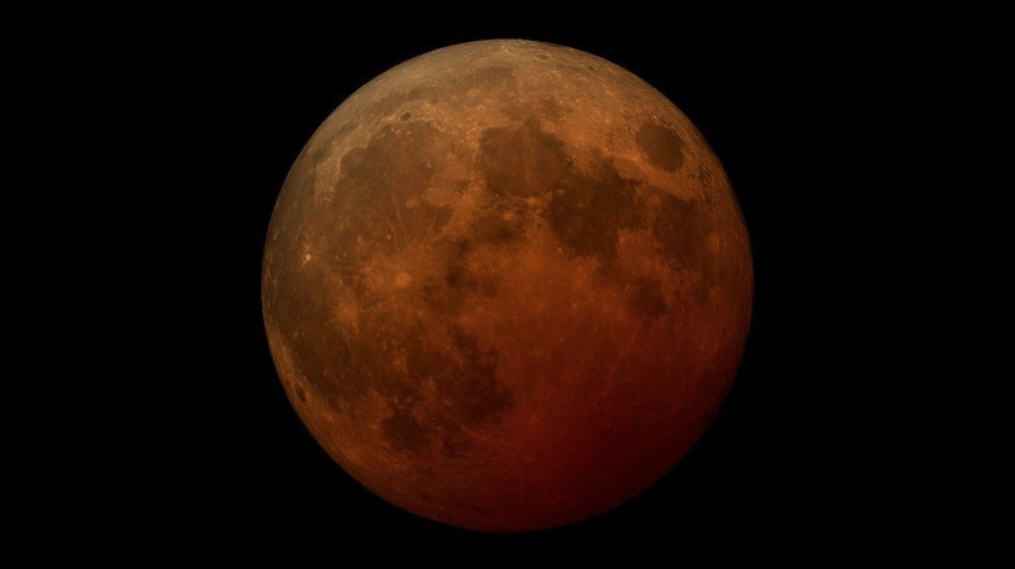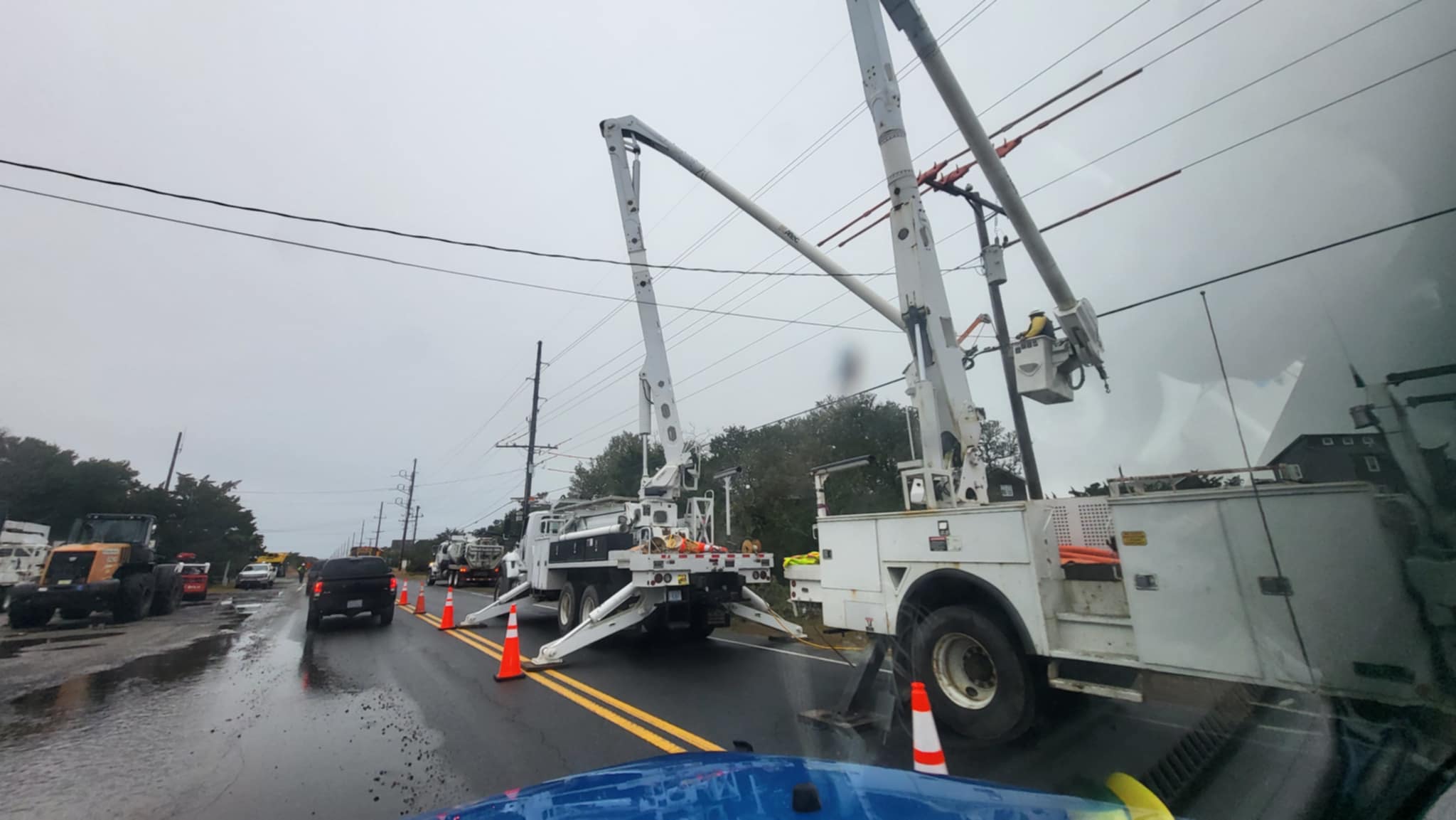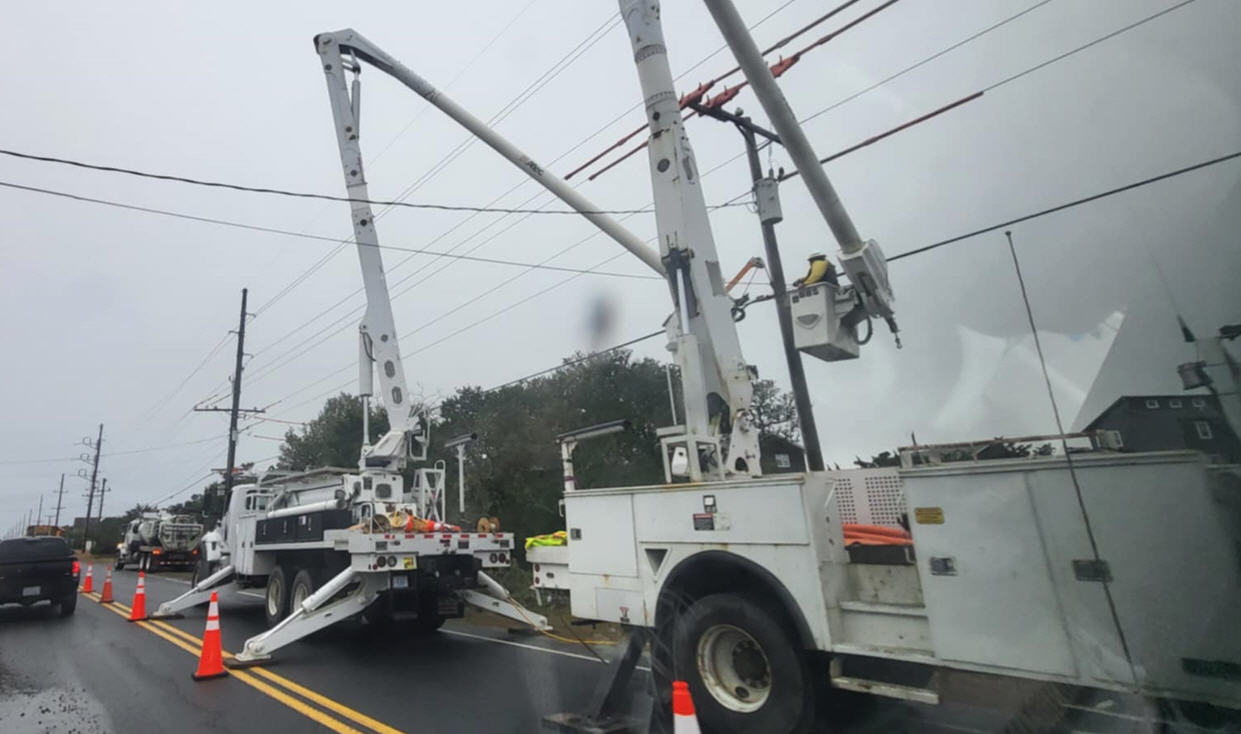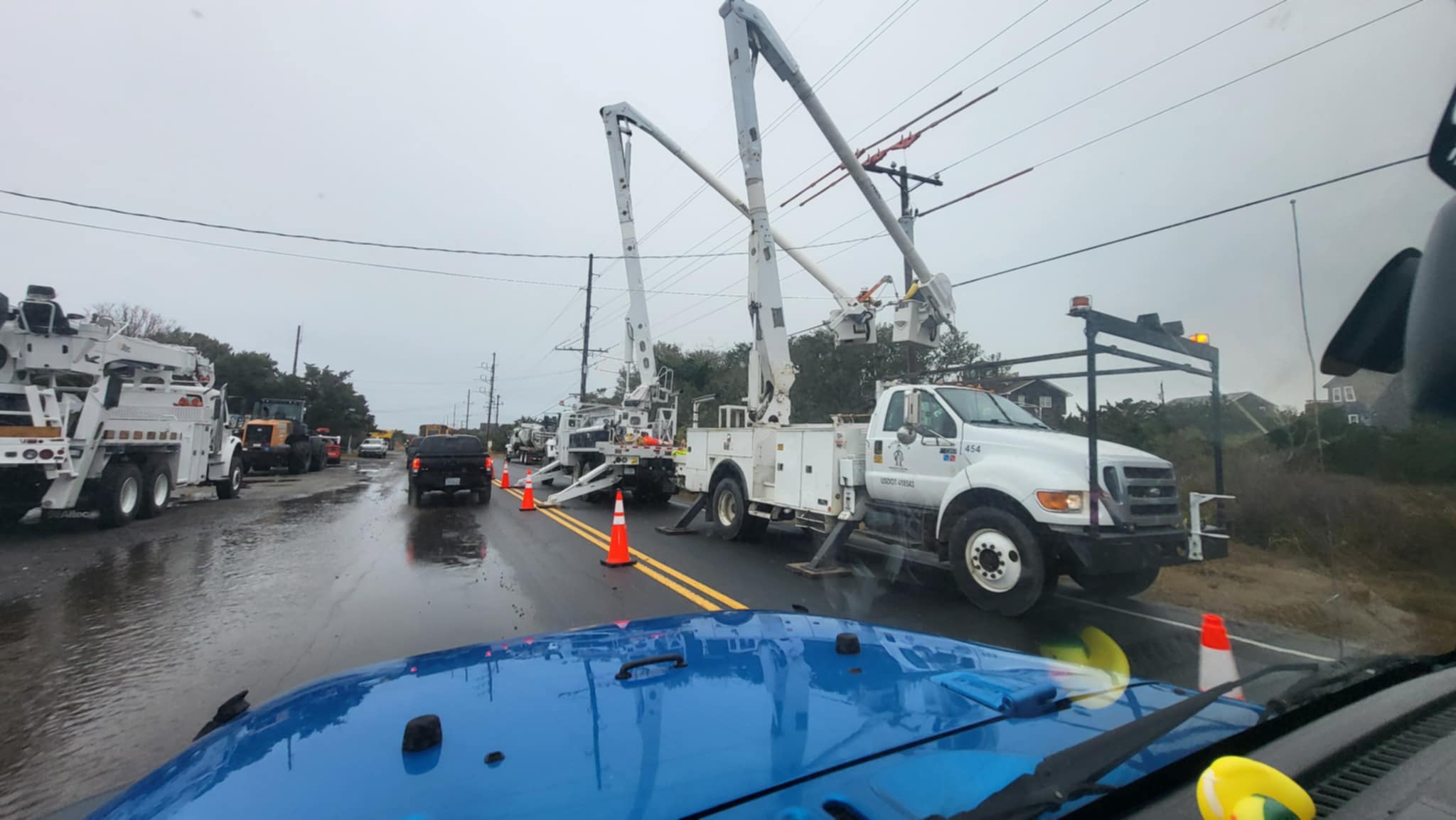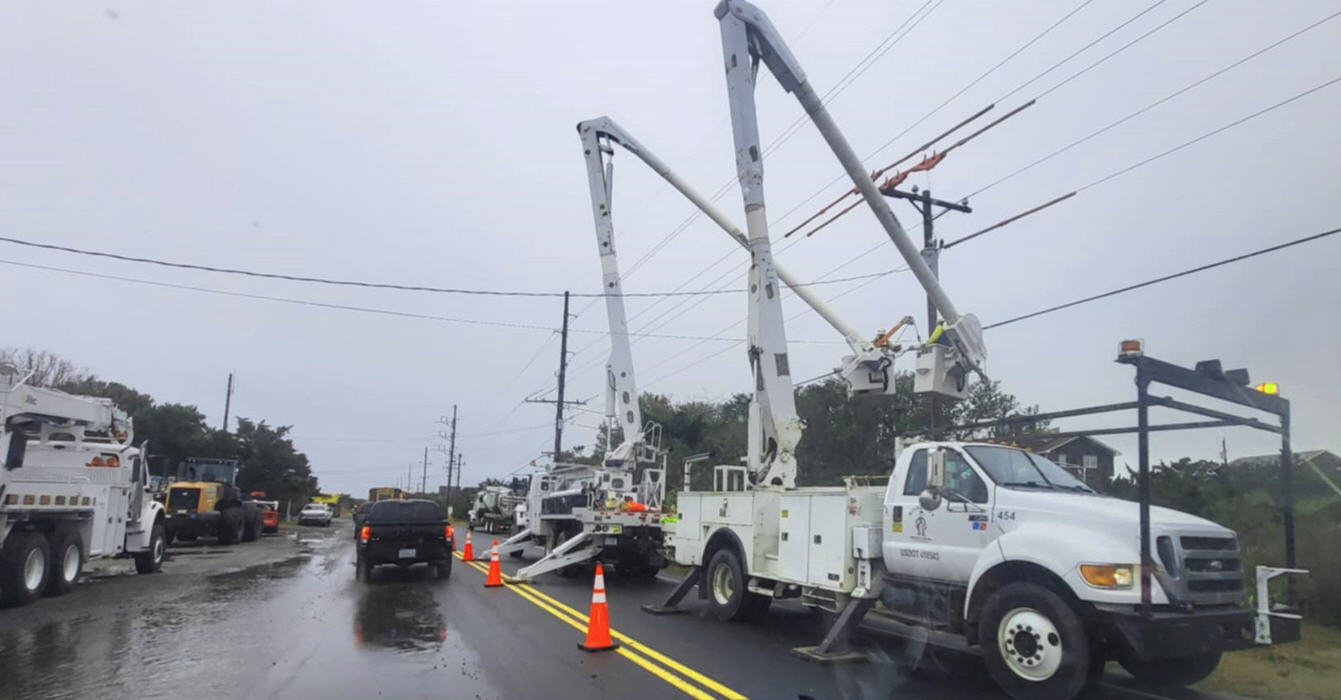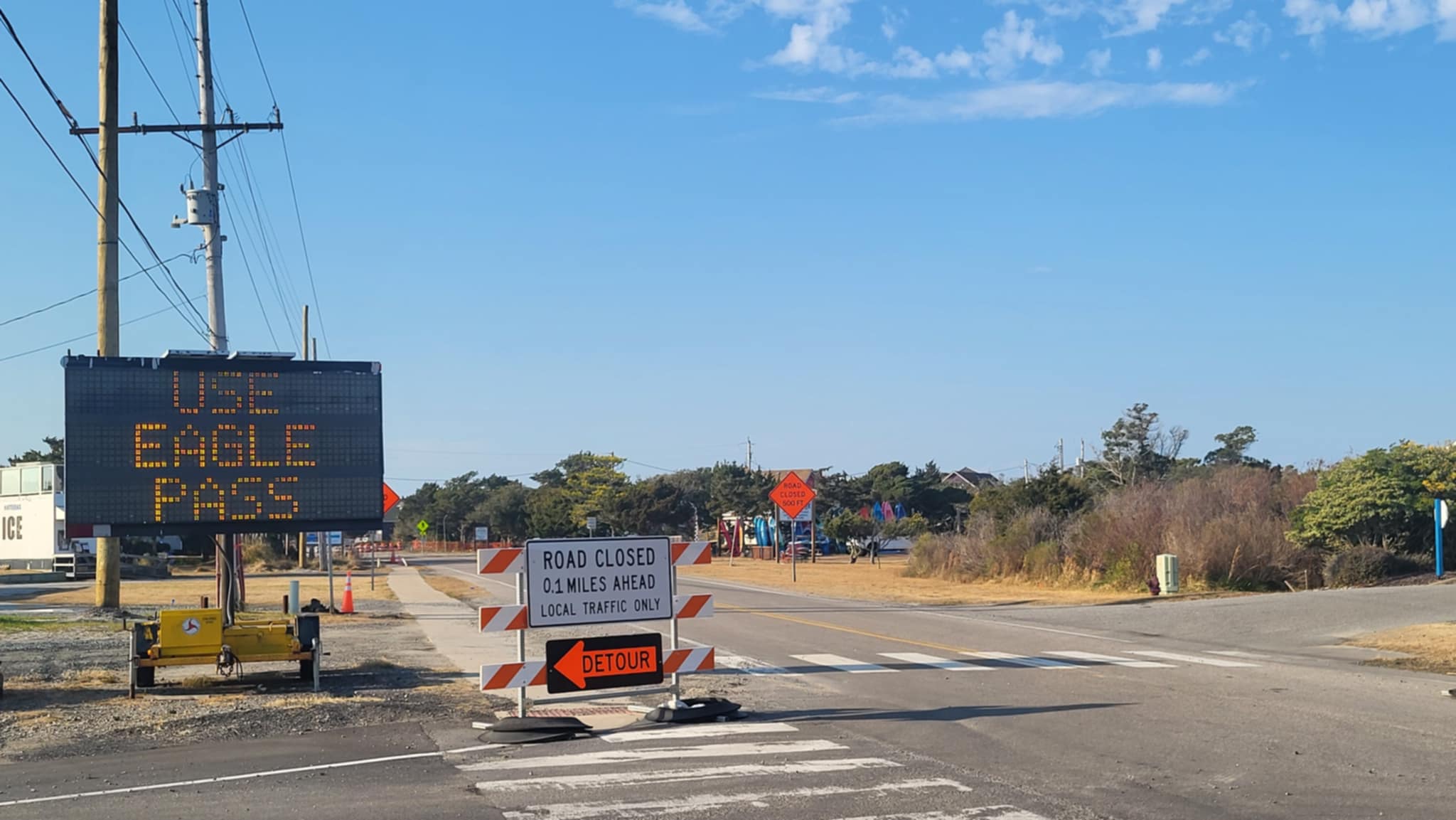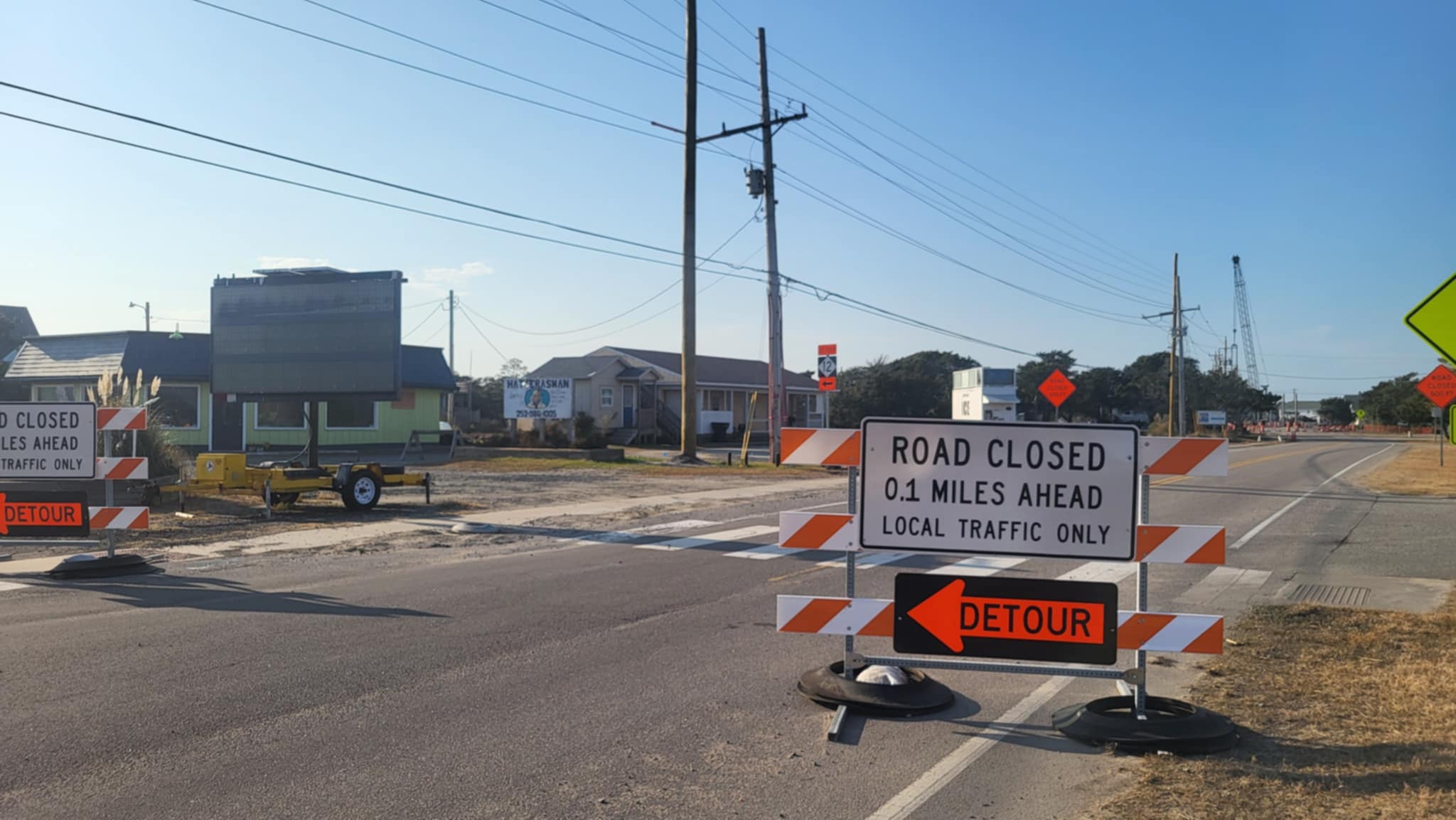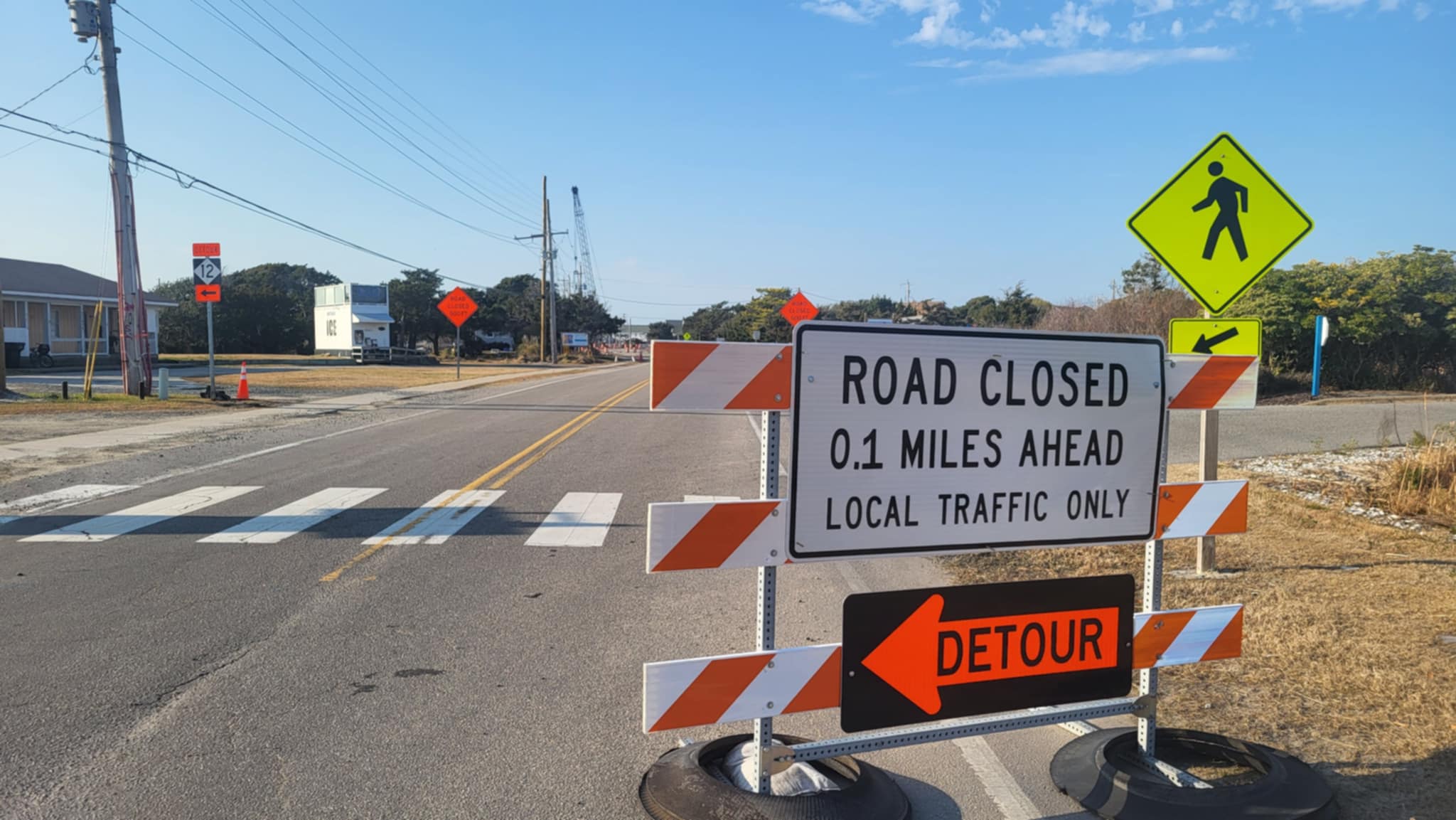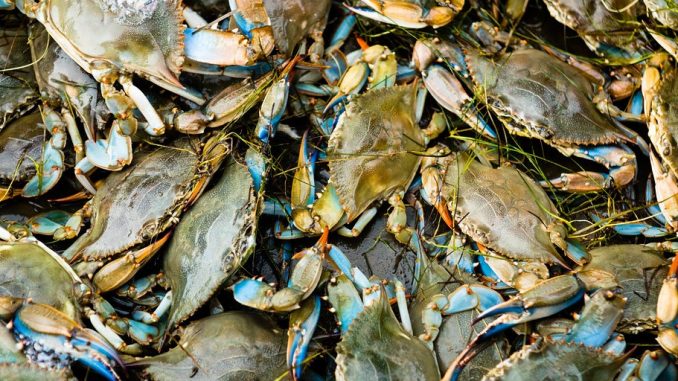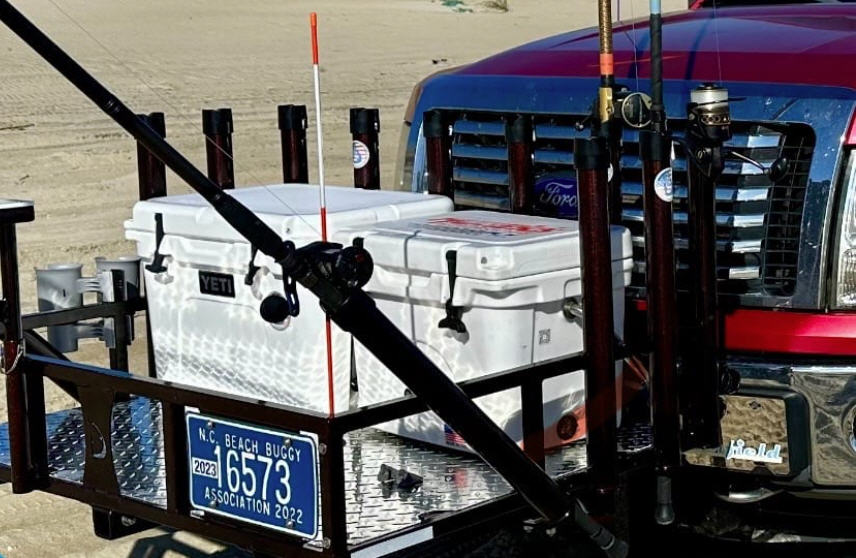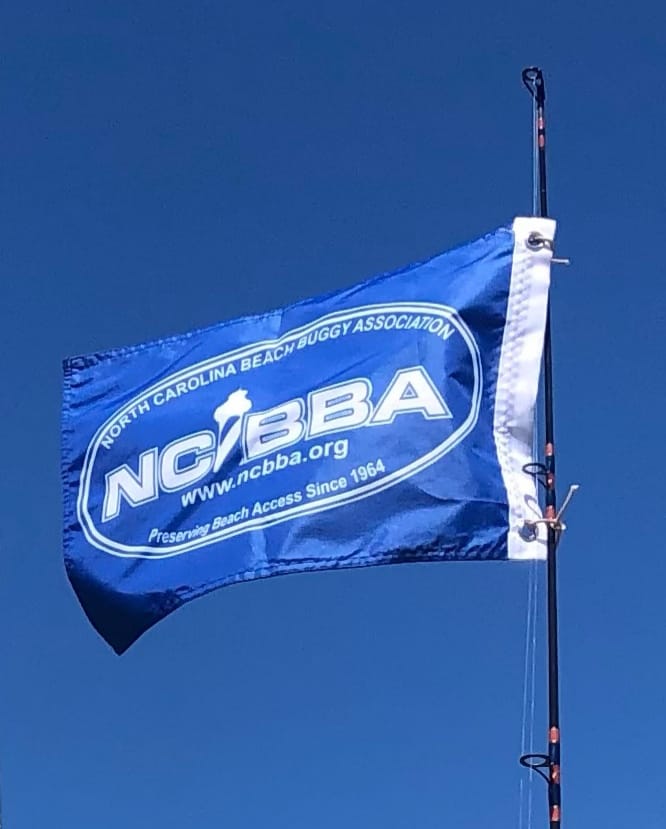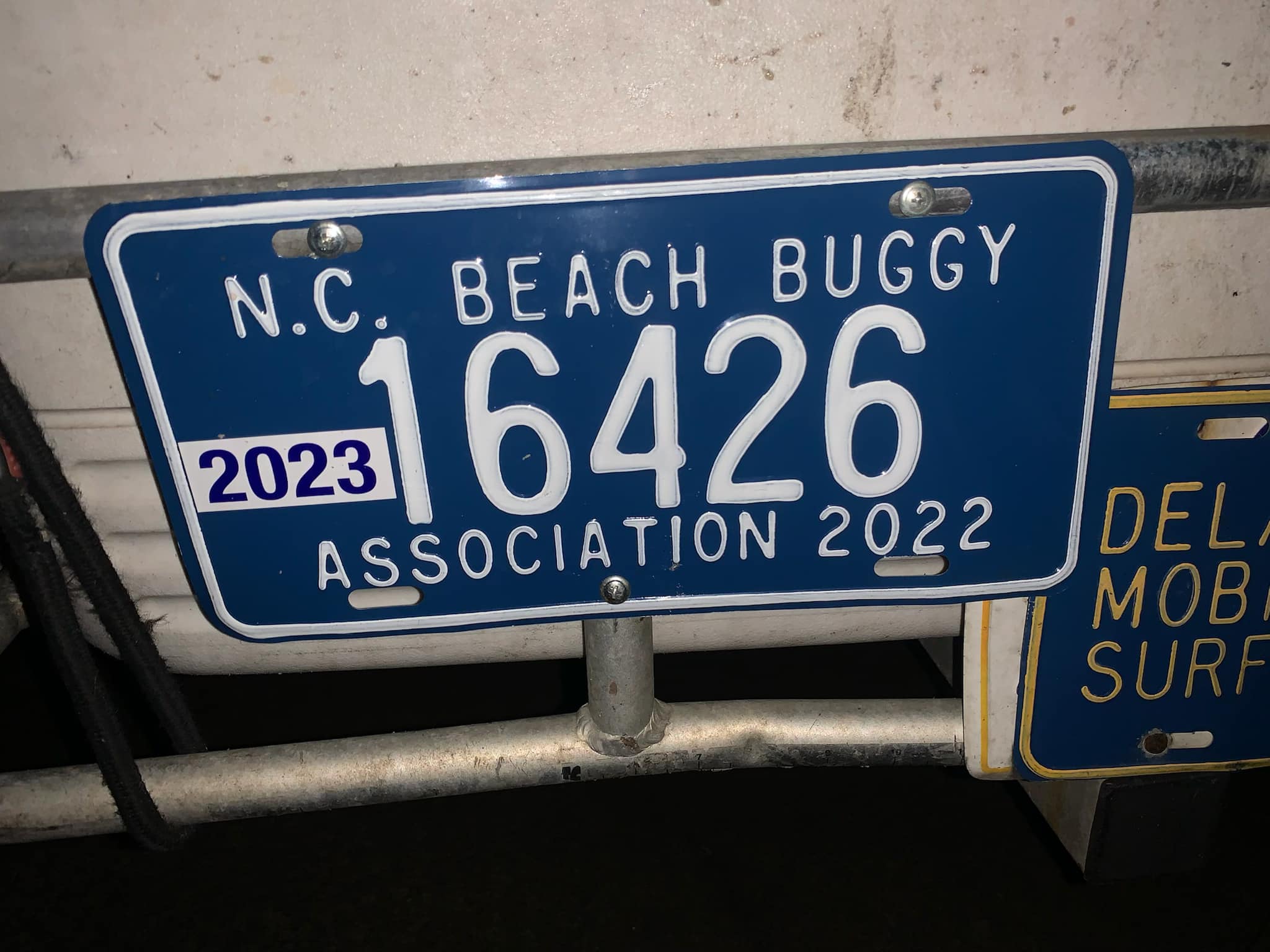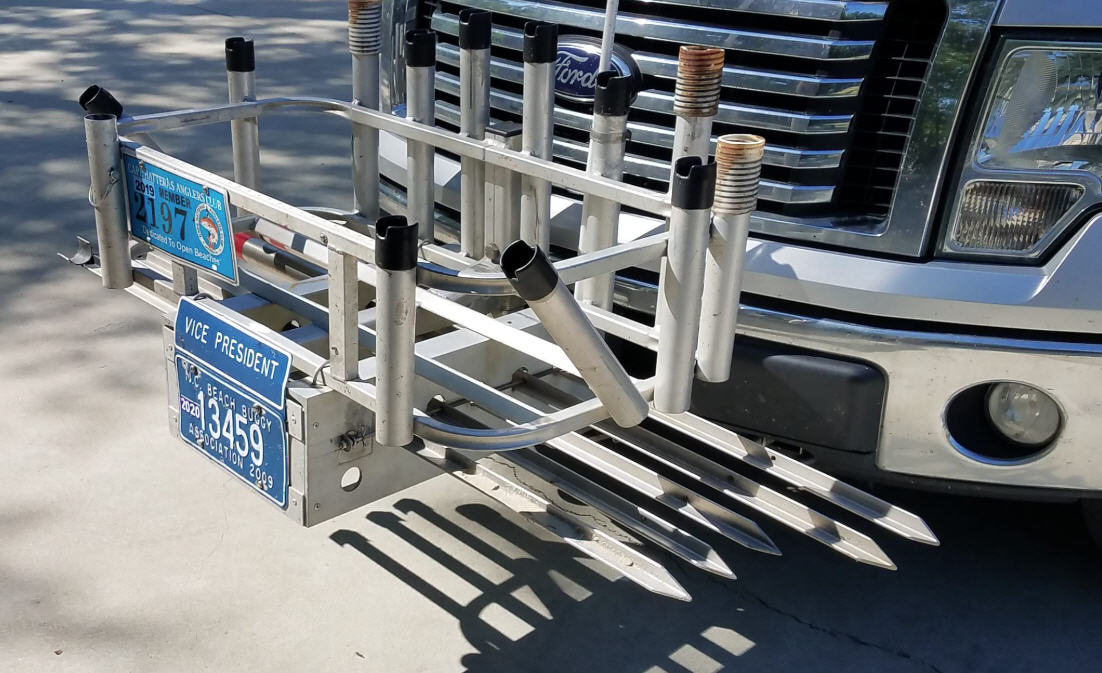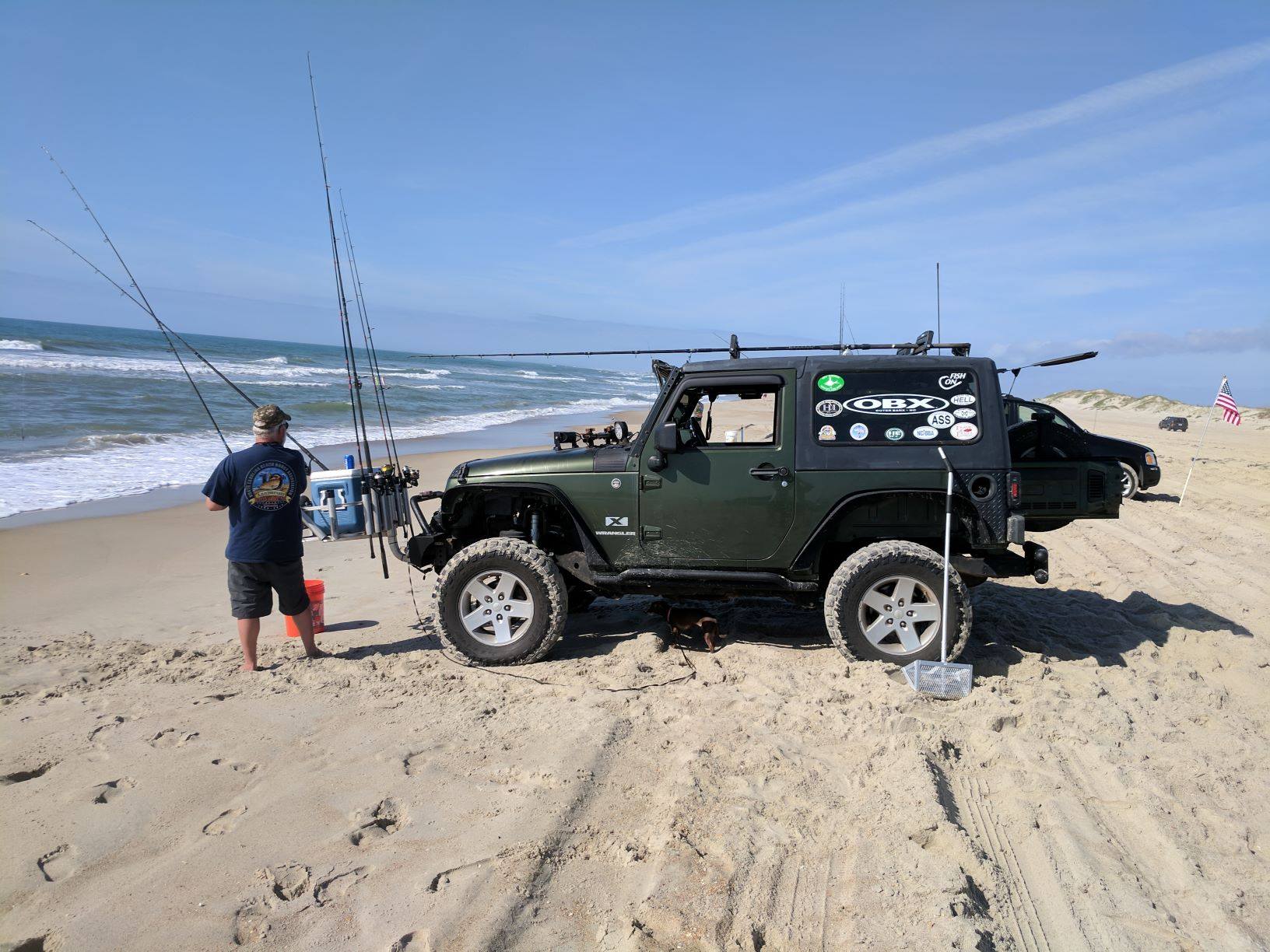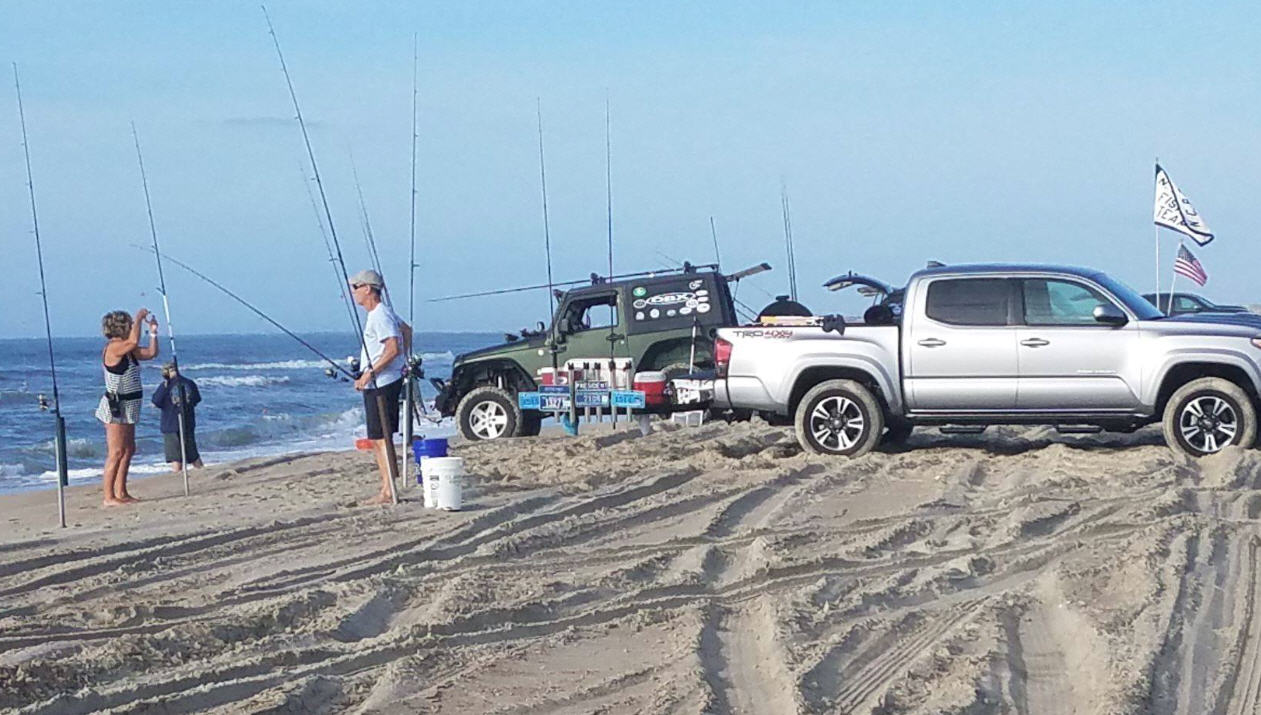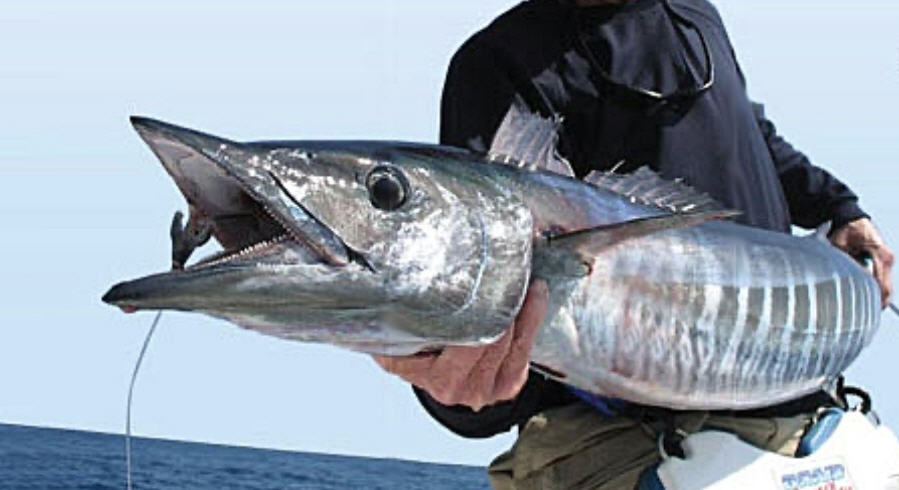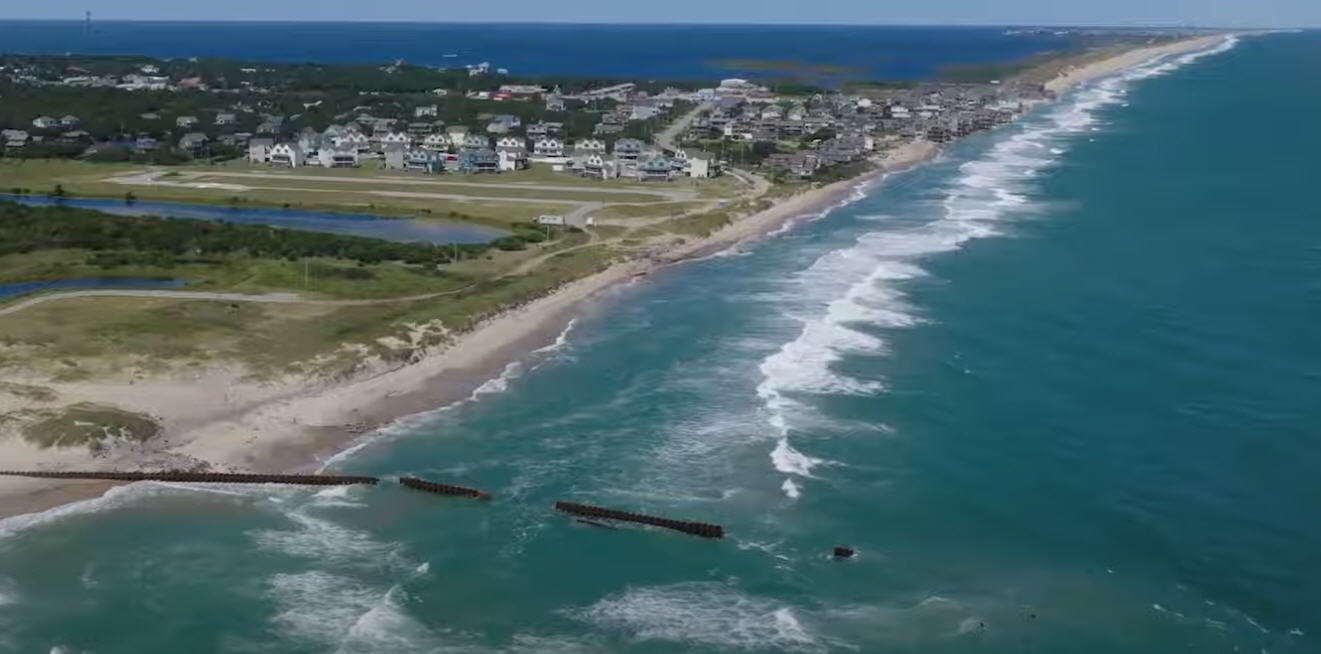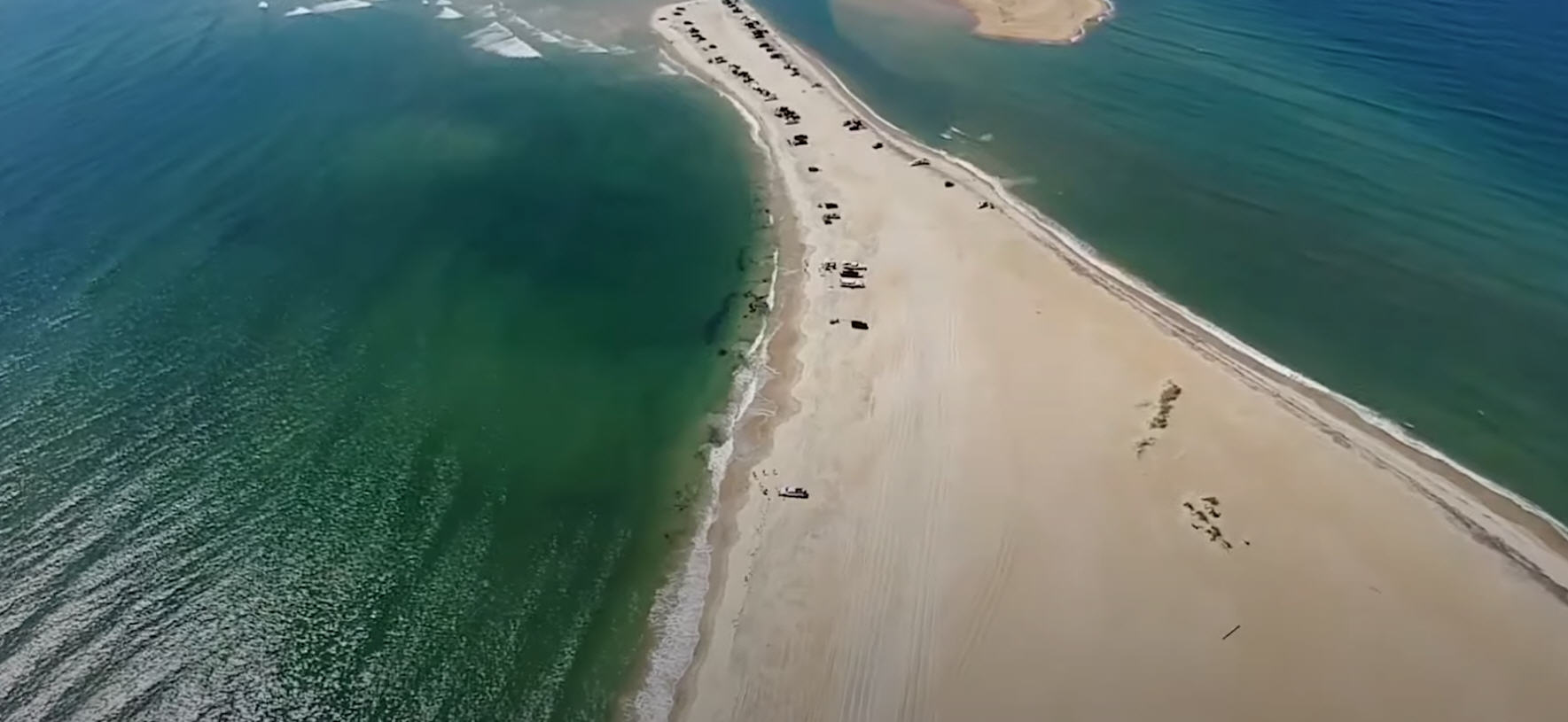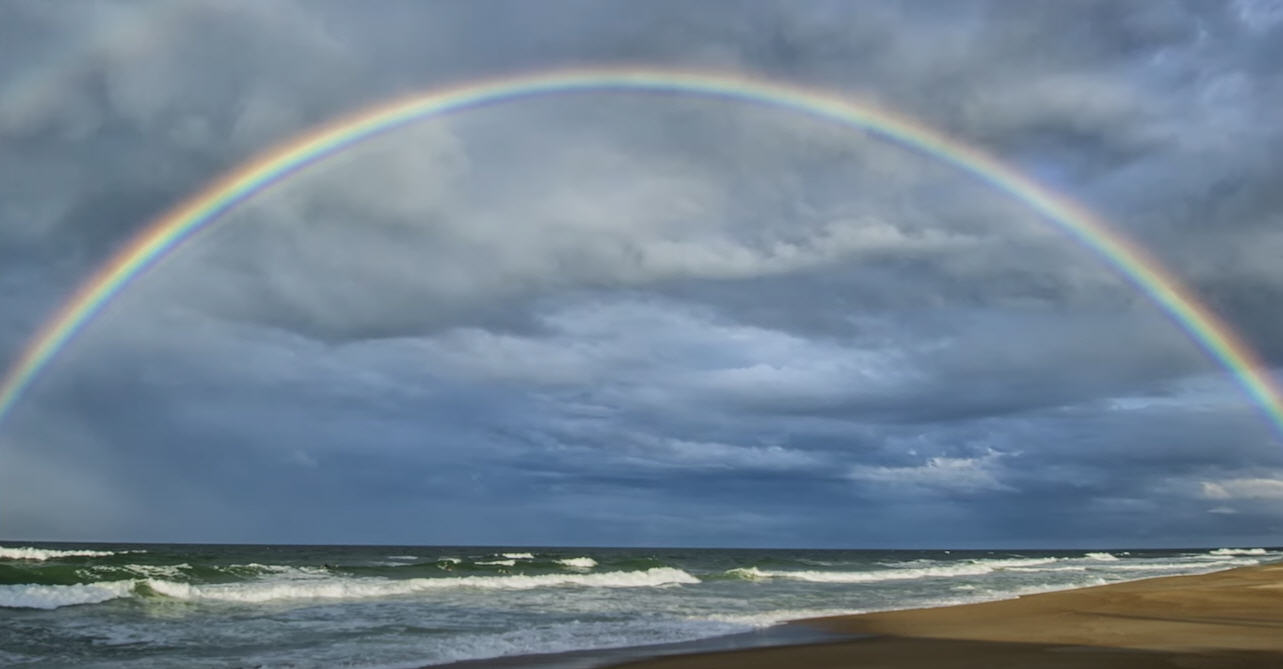Island History: A spotlight on stories from the Outer Banks’ Life-Saving Service
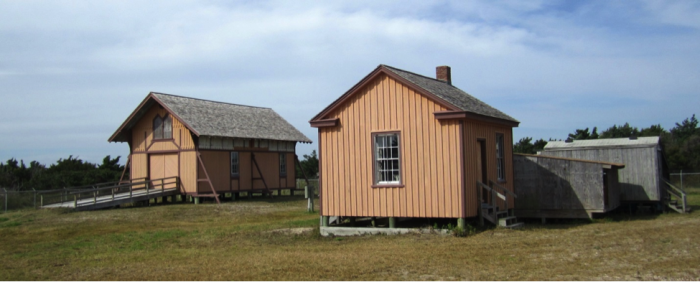
The Chicamacomico Life-Saving Station (CLSS) is celebrating its 150th anniversary this year, as one of the seven original Life-Saving Stations to be built in North Carolina in 1874.
As such, the Chicamacomico Life-Saving Station and Historic Site in Rodanthe will be sharing stories about the seven 1874 Outer Banks stations in the months ahead, leading up to the official October celebration of the United States Life-Saving Stations’ 150th anniversary in the state.
The following is the next of these Life-Saving Station feature articles to honor the #LegacyofLifeSaving, written by Jen Carlson for CLSS.
Cool and Courageous – A historic rescue by the Little Kinnakeet Life-Saving Station
In the early morning hours of March 28, 1890, a coal-laden schooner, the William H. Keeney, ran aground just southeast of the Little Kinnakeet station.
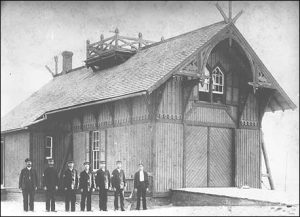
One of the station crew members happened upon her, as the patrolman was further along his route and hadn’t passed the vessel yet along his return route. Keeper Edward O. Hooker telephoned their sister stations, Big Kinnakeet and Gull Shoal, for assistance, and sent a surfman ahead to burn a signal alerting the sailors that help was on the way.
Within a short period of time, all three station crews arrived on the scene. The first two shots of the Lyle Gun missed, but by using a lighter line, the third shot was a success, and the sailors hauled the whip line onboard and tied the line off to the mizzenmast. Initially, the surfman had a struggle in sending out the hawser.
The winds had increased steadily during the rescue, but that shouldn’t have accounted for the difficulty the crew was having in maneuvering the lines. Only when the first sailor was safely on shore via the Breeches Buoy did the surfman learn the tailblock had split. This caused a temporary delay as a new block had to be retrieved from the station and then sent out to the vessel. Once the new block was in place, the remaining six crew members of the Keeney were efficiently pulled to shore without further issue. The survivors were then led to the station where they were provided with stimulants to counteract the effects of the long exposure to the elements in wet clothing.
In addition to the three station crews braving the weather, local residents in the vicinity came to give assistance due to the increasing winds and strong currents. It was a very laborious operation hampered by not only a broken tailblock but deteriorating weather conditions as well.
The day after the incident, the crews from the Little and Big Kinnakeet stations made three trips in the surfboat to bring the sailors’ personal effects, some smaller articles from the vessel, as well as the sails to shore.
Days later, the Keeney was deemed a total loss and was sold just before her crew departed for their homes. Before leaving, Keeper Hooker was given a letter commending the station crew for their “prompt, cool, and courageous work” in rescuing the sailors from the wreck and thanking them for their kindness during the following days. Captain Samuel Lippencott feared his words seemed inadequate in expressing the feelings of gratitude to the United States Life-Saving Service.
All in a Day’s Work at the Kitty Hawk Life-Saving Station
Sometimes it’s about being a safe harbor: On March 11, 1896, seven fishermen sought refuge at the Kitty Hawk station after a storm forced them from their camp. Keeper Samuel J. Payne provided them with dry clothes from the supply of the Women’s National Relief Association while their belongings dried. The weather didn’t ease so the men remained at the station overnight until the weather improved and they were able to return to their camp safely.





